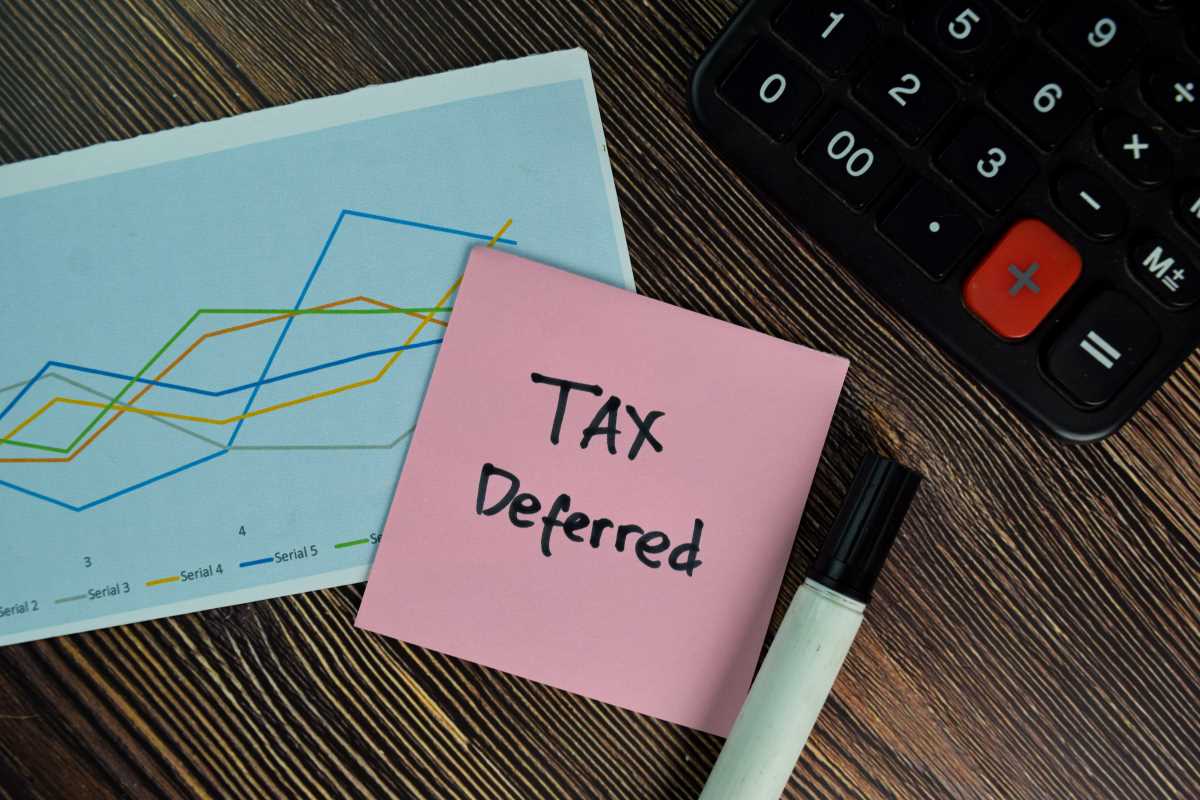When it comes to investing, most people focus on making great returns. That’s the fun part, right? But what about keeping more of those returns in your pocket? This is where tax-smart investing comes into play. Taxes might not be the most exciting topic, but they can have a big impact on how much you actually earn from your investments. By understanding and applying tax-smart strategies, you can maximize your returns and grow your wealth more effectively over time.
Not sure where to start? Don’t worry—this guide will walk you through the basics of tax-smart investing and show you some practical strategies you can use to save money on taxes and boost your bottom line.
Why Is Tax-Smart Investing Important?
Imagine this—your investment grows by 10% in one year. Great! But when tax season rolls around, you realize a chunk of that growth will go to the government. Suddenly, your return doesn’t look as impressive.
Taxes can eat away at your investment gains, especially if you don't plan for them. That’s why tax-smart investing is so important. By making thoughtful choices and using smart strategies, you can minimize your tax bill and keep more of your hard-earned returns.
The goal is simple—legally pay as little tax as possible while still growing your investments. Don’t worry; it’s not as complicated as it sounds. Let's jump into some strategies that make tax-smart investing easy to understand and apply.
Strategy 1: Use Tax-Deferred Accounts
One of the best strategies for tax-smart investing is to take full advantage of tax-deferred accounts. These special types of accounts allow you to delay paying taxes on your investments, so your money can grow faster over time.
Tax-Deferred Accounts
Two common types of tax-deferred accounts in the U.S. are IRAs (Individual Retirement Accounts) and 401(k) plans. Here’s how they work:
- Traditional IRA and 401(k): You don’t pay taxes on the money you contribute until you withdraw it in retirement. Plus, your investments grow tax-free in the meantime.
- Roth IRA and Roth 401(k): With these accounts, you contribute money that’s already been taxed, but your withdrawals in retirement are completely tax-free—including any investment gains.
By using these accounts, you get to put off paying taxes, which means you have more money working for you today. Over the years, this can make a big difference in how much your investments grow.
Tip
If your employer offers a 401(k) plan and matches a portion of your contributions, make sure you're contributing enough to get the full match. That’s free money working for you—don’t leave it on the table!
Strategy 2: Try Tax-Loss Harvesting
Have you ever sold an investment at a loss and thought, “Well, that was a bummer”? It turns out, you can turn those losses into a tax advantage. This is called tax-loss harvesting.
How It Works
When you sell an investment at a loss, you can use that loss to reduce your taxable gains. For example:
- You sell some stocks that earned a $1,000 profit this year.
- You also sell other stocks that lost $800.
- Instead of being taxed on the full $1,000 gain, you’ll only pay taxes on $200 (your profit minus your loss).
But it doesn’t stop there. If your losses are bigger than your gains, you can use up to $3,000 of those losses to offset your other taxable income in a given year. Any leftovers can be carried forward to future years—so no loss goes to waste!
Tip
Be aware of the wash-sale rule. If you sell an investment at a loss and buy the same or a very similar one within 30 days, you won’t be able to claim the loss on your taxes.
Strategy 3: Choose Tax-Efficient Investments
Not all investments are taxed the same way. Some are more “tax-efficient,” which means they help you keep more of your returns by minimizing the taxes you owe.
Tax-Efficient Investments to Consider
- Index Funds and ETFs: These funds tend to generate fewer taxable events because they don’t trade stocks as often as actively managed funds. This means lower capital gains taxes.
- Municipal Bonds: The interest you earn from municipal bonds is often tax-free at the federal level and sometimes even at the state level. That makes them a great option for tax-conscious investors.
Investments to Be Careful With
On the flip side, some investments are less tax-friendly. Actively managed mutual funds, for example, can result in frequent capital gains distributions, increasing your tax bill. If you’re considering these types of funds, it’s often better to hold them in a tax-deferred account like an IRA.
Tip
When choosing investments, think about “asset location.” If you have both tax-deferred and taxable accounts, consider placing tax-inefficient investments (like bonds or actively managed funds) in tax-deferred accounts and keeping tax-efficient investments (like ETFs or index funds) in taxable accounts.
Strategy 4: Focus on Long-Term Gains
Did you know the tax rate you pay on your investments depends on how long you hold them? The longer you hold an investment, the lower your tax rate on any gains.
Short-Term vs. Long-Term Gains
- Short-term capital gains (from investments you’ve held for less than a year) are taxed at your ordinary income tax rate, which could be as high as 37%.
- Long-term capital gains (from investments held for more than a year) are taxed at a lower rate—usually 15%, or even 0% for some low-income earners.
By holding onto your investments for at least a year before selling, you can cut your tax bill significantly. Plus, this strategy encourages patience, which is often a key to successful investing anyway.
Tip
When you’re ready to sell, prioritize investments you’ve held the longest to make sure your gains qualify for the lower tax rate.
Strategy 5: Be Strategic with Retirement Withdrawals
If you’re near or in retirement, how you withdraw your money can make a big difference in your tax bill. By planning ahead, you can avoid being pushed into a higher tax bracket.
Tips for Retirement Withdrawals
- Withdraw from taxable accounts first, so your tax-deferred accounts can keep growing.
- Be mindful of required minimum distributions (RMDs) from traditional IRAs and 401(k)s once you turn 73 (as of 2023). If you miss these, you’ll face hefty penalties.
Tip
If you’re in a low tax bracket, consider converting some of your traditional IRA funds into a Roth IRA. While you’ll pay taxes on the conversion now, your future withdrawals will be tax-free.
Bringing It All Together
Tax-smart investing isn’t about dodging taxes—it’s about planning ahead and making informed decisions that help you keep more of your money. By using strategies like tax-deferred accounts, tax-loss harvesting, and choosing tax-efficient investments, you can minimize your tax bill and maximize your returns.
The best part? You don’t need to be a financial genius to get started. Small, simple steps—like opening an IRA or waiting a bit longer before you sell an investment—can add up to big savings over time.
Whether you’re investing for retirement, saving for a big goal, or just trying to grow your wealth, keeping taxes in mind will give you a serious advantage. And who doesn’t want more money working hard for them? Take control of your finances and start investing tax-smart today. Your future self will thank you!







